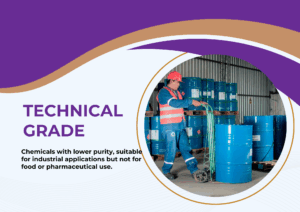Trichloroethylene Explained: What You Need to Know About This Chemical
Trichloroethylene (TCE) is a colorless, volatile liquid with a slightly sweet odor, commonly used in industrial applications. As an organic compound, TCE plays a significant role in degreasing, cleaning, and as a solvent in various products like adhesives, coatings, and chemical formulations. While its uses are widespread, there are important considerations to be aware of due to its potential health and environmental effects.
Industrial Uses of Trichloroethylene
Historically, TCE was used in military and commercial settings as a powerful degreaser for metal parts. Its ability to dissolve oils, greases, and resins made it ideal for cleaning machinery and tools in industries ranging from automotive to electronics. Additionally, TCE is employed in the production of other chemicals, including hydrofluorocarbon refrigerants.
TCE is also found in consumer products like paint removers, adhesives, and varnishes, though its use in these products has decreased over time due to rising concerns about its toxicity.
Health Risks of Trichloroethylene
Exposure to trichloroethylene, particularly through inhalation or skin contact, can pose several health risks. Short-term exposure may cause dizziness, headaches, and skin irritation. Long-term exposure, especially in high concentrations, has been linked to more severe health issues, including liver and kidney damage, as well as neurological effects like memory loss and confusion.
The International Agency for Research on Cancer (IARC) classifies TCE as a Group 1 carcinogen, indicating that it is a known cause of cancer in humans. Studies have found associations between TCE exposure and certain types of cancers, such as kidney, liver, and lymphoma.
Environmental Impact
TCE is also a concern in environmental studies, particularly in groundwater contamination. Due to its persistence and solubility in water, it can contaminate water supplies, leading to long-term environmental cleanup challenges. The U.S. Environmental Protection Agency (EPA) has set strict guidelines for TCE levels in drinking water to mitigate these risks.
Regulatory Actions
Due to the health and environmental risks associated with trichloroethylene, many countries have introduced regulations to limit its use. The U.S. and European Union have set restrictions on its sale, and alternatives are being developed for industries that have historically relied on TCE.
Conclusion
While trichloroethylene remains a useful industrial solvent, awareness of its potential dangers is essential. Proper handling, disposal, and adherence to regulatory guidelines can help mitigate its risks to both human health and the environment

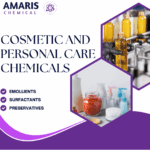
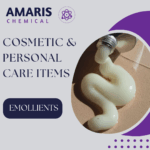 Emollients
Emollients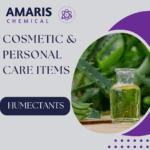 Humectants
Humectants UV Filters
UV Filters Surfactants (cosmetic)
Surfactants (cosmetic)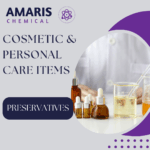 Preservatives (cosmetic)
Preservatives (cosmetic) Fragrances and Essential Oils
Fragrances and Essential Oils Antioxidants (cosmetics)
Antioxidants (cosmetics)
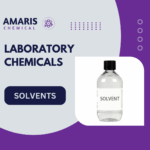 Solvents (lab)
Solvents (lab) Chromatography Chemicals
Chromatography Chemicals Microbiology and Cell Culture Reagents
Microbiology and Cell Culture Reagents Biochemical Reagents
Biochemical Reagents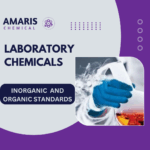 Inorganic and Organic Standards
Inorganic and Organic Standards Spectroscopy Reagents
Spectroscopy Reagents Molecular Biology Reagents
Molecular Biology Reagents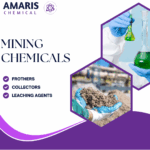
 Precious Metal Extraction Agents
Precious Metal Extraction Agents
 Plasticizers
Plasticizers Polymerization Initiators
Polymerization Initiators Stabilizers
Stabilizers Monomers
Monomers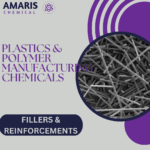 Fillers and Reinforcements
Fillers and Reinforcements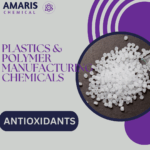 Antioxidants (plastics)
Antioxidants (plastics)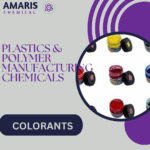 Colorants (plastic pigments,Dyes)
Colorants (plastic pigments,Dyes)
 Fertilizers
Fertilizers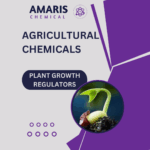 Plant Growth Regulators
Plant Growth Regulators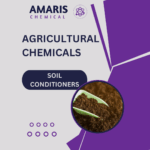 Soil Conditioners
Soil Conditioners Animal Feed Additives
Animal Feed Additives Biostimulants
Biostimulants
 Dough Conditioners
Dough Conditioners Flour Treatments
Flour Treatments Fat Replacers
Fat Replacers Preservatives (baking)
Preservatives (baking)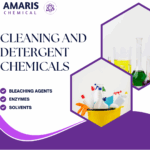
 Surfactants (cleaning)
Surfactants (cleaning)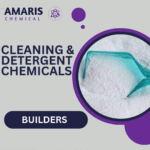 Builders
Builders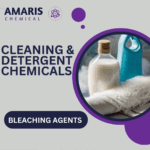 Bleaching Agents
Bleaching Agents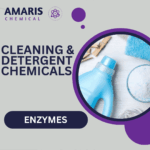 Enzymes
Enzymes Solvents (cleaning)
Solvents (cleaning)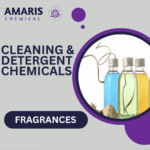 Fragrances
Fragrances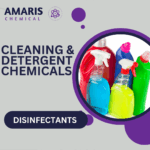 Disinfectant
Disinfectant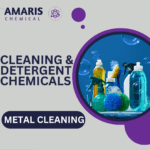 Metal cleaning
Metal cleaning
 Binders/Resins
Binders/Resins Pigments
Pigments Solvents (paint)
Solvents (paint) Additives
Additives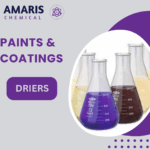 Driers
Driers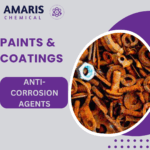 Anti-Corrosion Agents
Anti-Corrosion Agents Specialty Coatings
Specialty Coatings Functional Coatings
Functional Coatings Application-Specific Coatings
Application-Specific Coatings
 Sealants and Adhesives
Sealants and Adhesives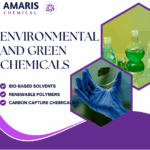
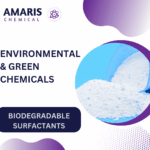 Biodegradable Surfactants
Biodegradable Surfactants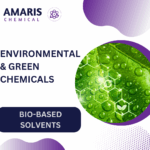 Bio-based Solvents
Bio-based Solvents Renewable Polymers
Renewable Polymers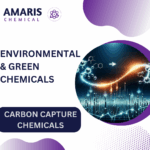 Carbon Capture Chemicals
Carbon Capture Chemicals Wastewater Treatment Chemicals
Wastewater Treatment Chemicals
 Preservatives (food)
Preservatives (food)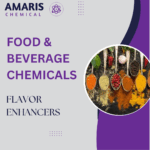 Flavor Enhancers
Flavor Enhancers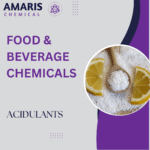 Acidulants
Acidulants Sweeteners
Sweeteners Emulsifiers
Emulsifiers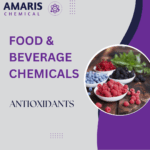 Antioxidants (food)
Antioxidants (food)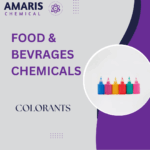 Colorants (food)
Colorants (food) Nutrient Supplements
Nutrient Supplements Nutraceutical Ingredients
Nutraceutical Ingredients
 Fresh Herbs
Fresh Herbs Whole Spices
Whole Spices Ground Spices
Ground Spices Spice Blends
Spice Blends
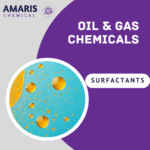 Surfactants(oil)
Surfactants(oil)
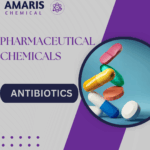 Antibiotics
Antibiotics Active Pharmaceutical Ingredients
Active Pharmaceutical Ingredients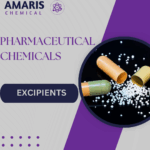 Excipients
Excipients Vaccine Adjuvants
Vaccine Adjuvants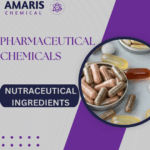 Nutraceutical Ingredients
Nutraceutical Ingredients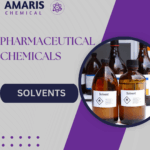 Solvents (pharmaceutical)
Solvents (pharmaceutical)
 Automotive chemicals
Automotive chemicals Pyrotechnic Chemicals
Pyrotechnic Chemicals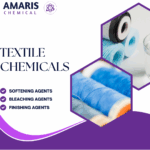
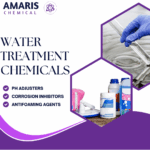

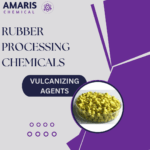 Vulcanizing Agents
Vulcanizing Agents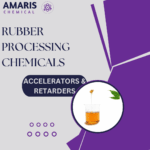 Accelerators & Retarders
Accelerators & Retarders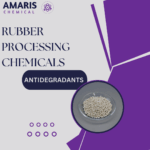 Antidegradants
Antidegradants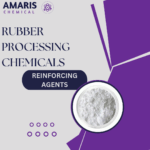 Reinforcing Agents
Reinforcing Agents Plasticizers & Softeners
Plasticizers & Softeners Fillers & Extenders
Fillers & Extenders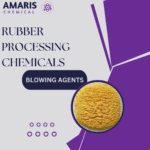 Blowing Agents
Blowing Agents Adhesion Promoters
Adhesion Promoters








